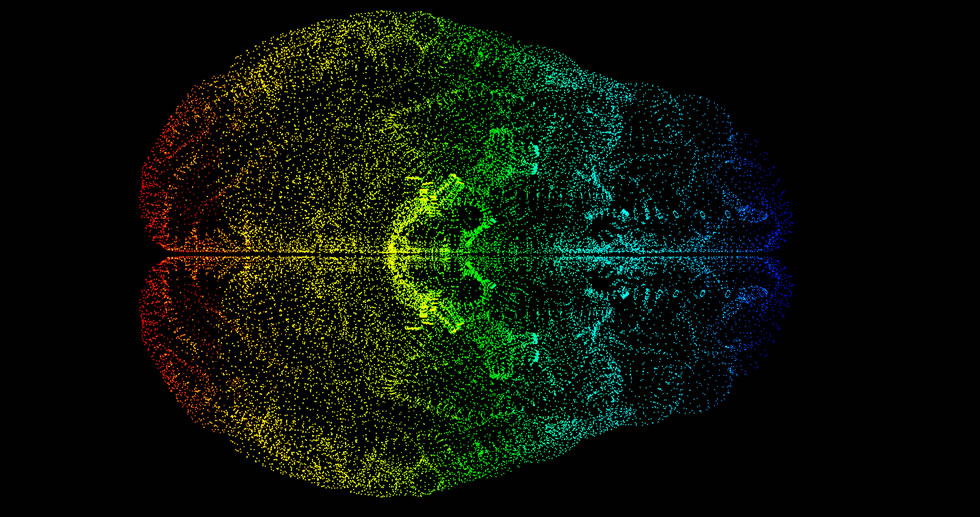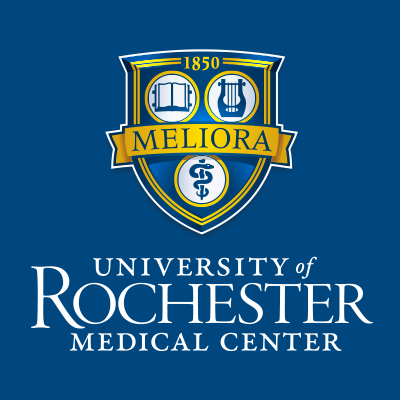Trading sickness for health: Swapping brain cells points to new Huntington's therapies
17 Jul 2023

New research appearing in the journal Nature Biotechnology answers important questions about the viability of treatments that seek to replace diseased and aged cells in the central nervous system with healthy ones. Its findings have implications for a number of neurological and psychiatric disorders—including Huntington’s disease, amyotrophic lateral sclerosis (ALS), and schizophrenia—that have been linked to glia, a population of cells that support brain health and function.
A broad variety of disorders we associate with neuronal loss now appear to be caused by dysfunctional glial cells. This makes these diseases attractive targets for stem and progenitor cell-based therapies.Steve Goldman, MD, PhD, co-director of the Center for Translational Neuromedicine at the University of Rochester lead author of the new study.
The new study describes the ability of human glial progenitor cells–precursor cells that can give rise to both astrocytes and oligodendrocytes, the two major types of glia—to compete with one another in the adult brain, and the competitive advantage of young and healthy cells over aged and diseased cells.
In the striatum, our target area, the healthy cells essentially kicked out the disease cells, eventually replacing the glial progenitor population entirely. You can actually see a wave of migration and a border where the cells expressing the HTT mutation are dying off and being replaced by heathy ones.Steve Goldman, MD, PhD
In an accompanying set of experiments, the researchers found that younger healthy human glial progenitors outcompeted older and otherwise healthy human glia, suggesting that cellular youth is a critical determinant of competitive success.
These findings have strong therapeutic implications, as they suggest that in the adult human brain, resident glia–whether diseased or simply aged—may be replaced following the introduction of younger and healthier cells.Steve Goldman, MD, PhD
Web design by Tribal Systems








